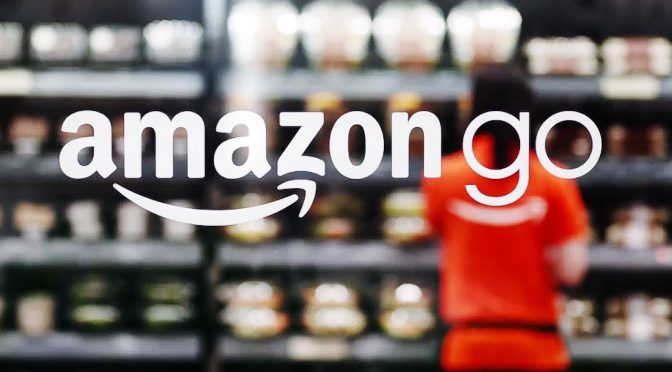
Amazon opened its first brick and mortar retail store in Seattle, Washington, United States. The novelty of this store is that customers can just pick up whatever they want and just walk out of the store. Amazon would just charge the price of the items taken to their Amazon account. They call it the ‘Just Walk Out’ technology. Would it become a game-changer or disruptor in retail?
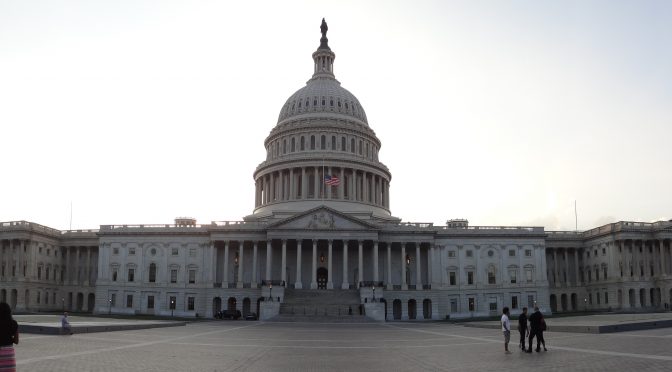
The U.S. government shut down at midnight on Friday, 19th January, 2018, after Democrats and Republicans, locked in a bitter dispute over immigration and border security, failed to agree on a last-minute deal to fund its operations. Democratic leaders wanted to include protections from deportation for about 700,000 undocumented immigrants who arrived in the United States as children.

Here we are in conversation with Mr. Alok Gautam, the Country Logistics Leader at Dow Chemicals. He is an industry veteran with more than two decades of experience in the Chemicals and Oil & Gas industry. He is celebrated as a change maker and a man of keen intellect driving transformations across the industry.
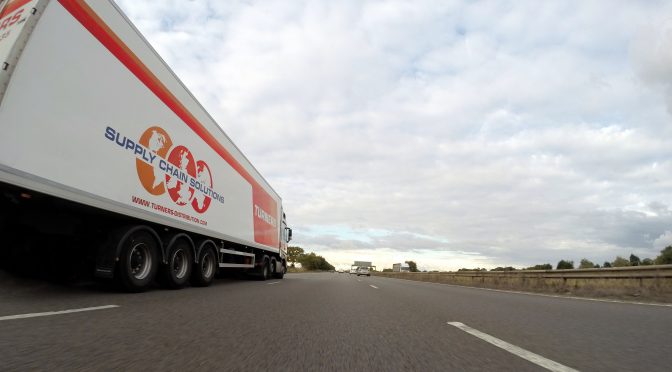
It is time our industry stopped chasing Uberization and created an Airbnb model. In trucking, Uberization is still transactional brokerage. There are key differences in the personal transport versus the freight market. What we need is a pay-per-day model that allows for short-term dedicated capacity, rather than long term dedicated contracts.
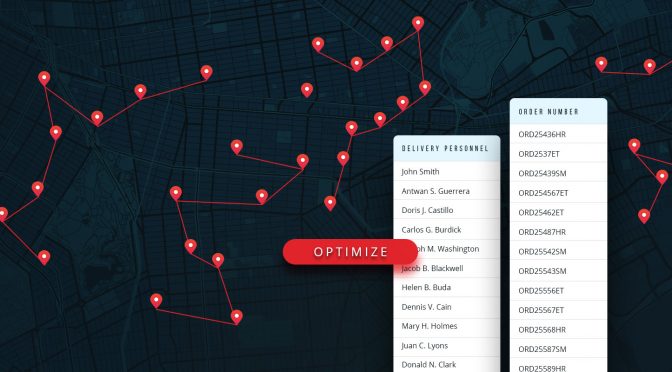
There is a way to bridge this gap, between the expectation and outcomes. And it is ‘tech-backed optimization’. Cloud-based optimization of resources, routes, and deliveries is the best way to ensure that your company not just matches industry benchmarks, but also breaks and resets them continually.
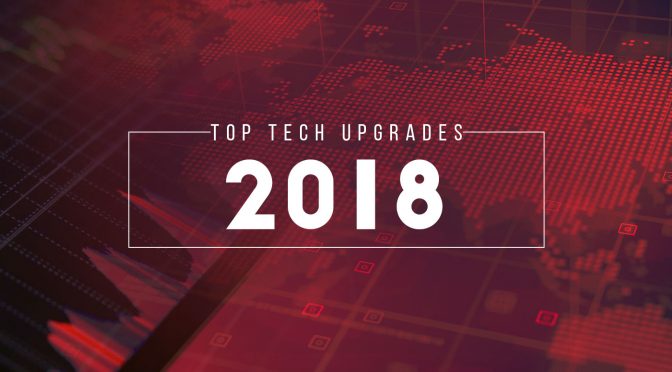
Tech evolution must always be around a purpose. The purpose of the upgrades mentioned here, and many more that are regularly communicated to the clients through mailers, is singular. To optimize resource movement with a view to reduce operations costs and improve overall process efficiency.
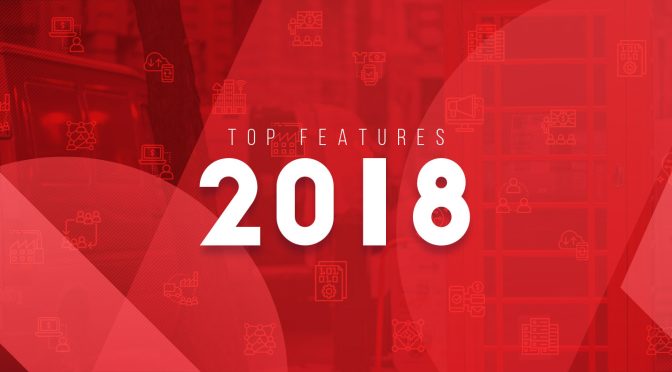
Here are the top features of the year that created the most value for our clients. These features have the highest usage among managers. These managers keep sending back their delightful feedback from time to time. Based on our own analytics and market feedback we have collated this list of the top features which created the most business value.

This Christmas, make sure you plan and optimize all last mile deliveries to avoid delays and detentions. People need their gifts on time and Santa needs some help, so make sure your customers are delighted on Christmas Eve with on-time deliveries and error free invoicing.
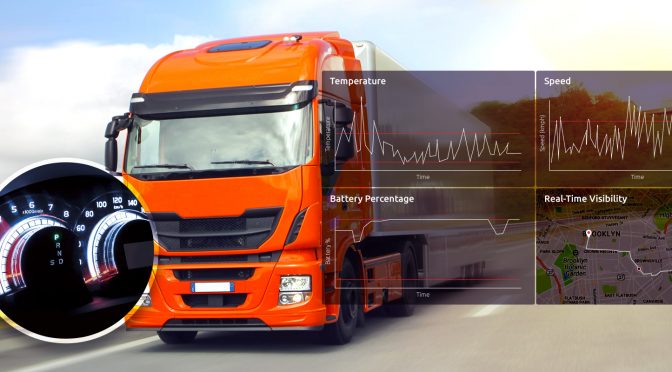
Reduce your logistics management costs and increase overall efficiency by tracking drivers and their behavior in real-time. Industries, especially those with sensitive cargo and shipments, focus on tracking the behavior of their drivers to ensure service level agreement (SLA) compliance.
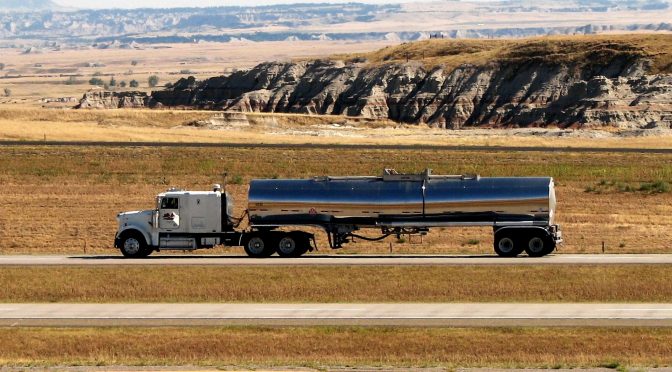
The Phase 2 (Mandatory Implementation) of ELDs began on the 18th of Dec 2017. US Department of Transport is mandating that drivers be on duty for a fixed set of hours (60 hours in 7 days, or 70 hours in 8 days; based on the breaks taken in between). There are multiple constraints was total hours of driving.

